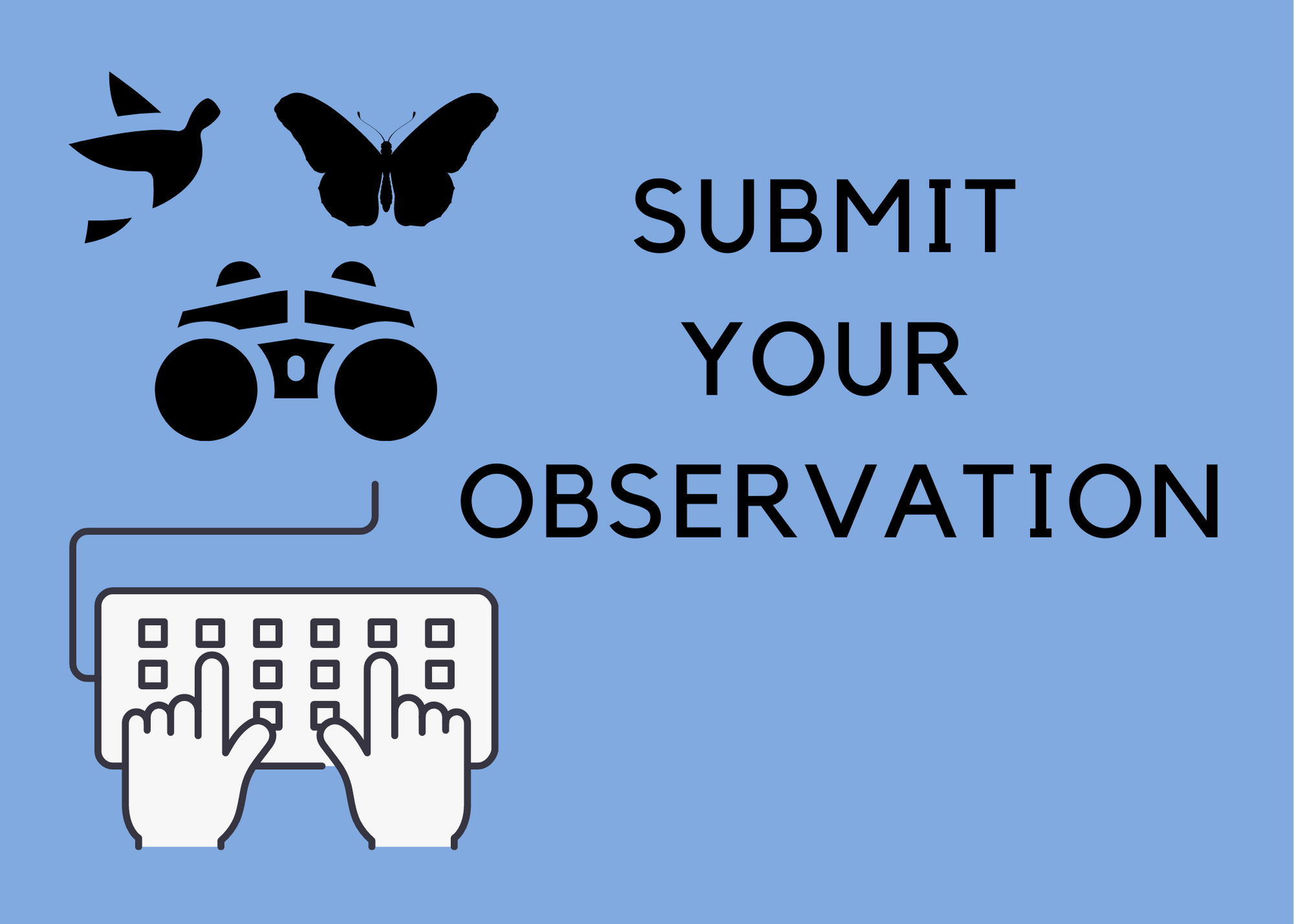Overlapping Generations
Eastern Monarch Population
Eastern Monarch Spring 2023 Report #4
Journey North volunteers are reporting monarchs with old and faded wings as well as first generation, fresh-winged monarchs. The leading edge of migration is hovering around latitude 41° - 42°N, a bit ahead of where monarchs were at this same time last year. Atypically warm weather a couple weeks ago for many in those latitudes also quickened the pace of milkweed growth, which remains slightly ahead of the monarch migration. And as the leading edge of migration moves north, reports of eggs and larvae aren’t far behind.
Read more of the Eastern Monarch Spring 2023 Report #4»
Western Monarch Population
Letter from Gail Morris: Western Monarch Spring 2023 Report #8
In this week's letter, Gail Morris also highlights this time period of overlapping generations. She writes: “This is a trying time when many overwintering monarchs are reaching the end of their life but their offspring are often hidden as immatures – eggs, larvae, or pupae - on milkweed or nearby plants. So we wait and hope for signs of a new generation to propel the leading edge of monarchs into the breeding grounds and expand their numbers before their migration stalls for the summer season.”
Read more of Gail Morris’ Letter: Western Monarch Spring 2023 Report #8»
Monarch Identification
Monarchs are often confused with other look-alike butterflies, such as Viceroys, Queens, and Painted Ladies. At times, more than one species may be observed together — as in this photo from Chuck's report in Driftwood, TX — which can make identification even more challenging. Take a look at the resource below to learn more about look-alike butterflies, and please remember to include photos with your reports whenever possible (one per report). Photos help with verifying reports and identifying the species observed, and we enjoy sharing them with our Journey North community as well.
Keep Reporting!
April is Citizen Science Month. Help us finish out this celebratory month by reporting your observations of monarch adults, monarch larvae, monarch eggs, and milkweed to Journey North.
Thank you!









